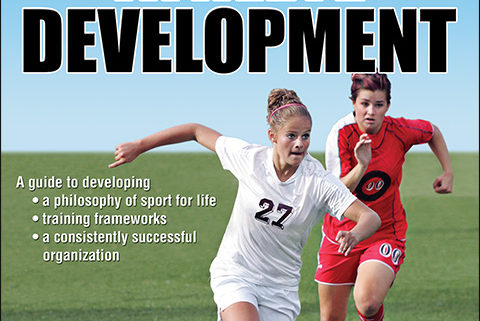There is a better way – Part 6: For whose benefit
The coach said to the team –
‘Now I want you to win. Because it makes me look better.’
A few weeks later, in a different sport but with the same athlete, a coach said to the team –
‘Now if some of you are wondering why you didn’t get any game time, I want to remind you – we are playing to win.’
The sample group in reference was 15-17 year olds, playing in late specialization sports. They were a decade away from the potential career peak.
Was this coincidental or reflective of the extent of this value set? I have my thoughts on this.
The concept of ‘long term athlete development’ is now widely known. Few know about the people behind the concept, due to the low level of ethical referencing in this industry, but most will be able to share with you their understanding of ‘LTAD’, in a hip kind of trendy term way.
That’s great, but something is missing, because the talk of long term athlete development is nothing more than lip service.
Either the masses of coaches who claim they are familiar with the concept are not, or they simply don’t respect it.
Because when the coach is ‘playing to win’ with 16 year olds in a late specialization sport, or when the coach is calling upon the athletes to win to boost their coaching credentials, it raises the question – whose benefit is this for?
There was a time when the concept of long term athlete development was known by few. That was not that long ago, as the popularity of this concept has been a post 2000 phenomenon. Yet during this period of ‘ignorance’ I believe coaches and coaching was more enlightening, with a greater chance of the athletes needs coming first.
So how did we get to a point when everyone knows the words, but few demonstrate a true knowledge or respect of the concept?
In the late 1980s and early 1990s one the groups I was working with was the Canadian ski team. The locations we would go into camp were varied, but one thing remained constant – the team Sports Science Director would visit with me multiple times a day, excitedly showing me his latest conceptual development or research discovery, including a concept he was working on at that time – a model for long term athletic development.
His name was Istvan Balyi, a former Hungarian Olympian turned Canadian sports scientist. The work he developed went on to be the most influential model of long-term periodization in the western world during the last two decades.
In essence, and in the simpler earlier version, the model suggested a number of stages in the career of the athlete, and only in the final or latter stage was ‘playing to win’ the priority!
- FUNdamentals – where fun based activities developed the fundamentals of athleticism
- Training to train – where the athlete trained for the primary purpose of developing the qualities that are derived from training and getting used to training.
- Training to Compete – where the athletes training and competition focus was on getting used to competing.
- Training to Win – the final stage, at the peak of their career, where the athletes training and games were focused primarily on what needs to be done to win – in the now.
The first three phases of this simplistic interpretation reinforce that all is being done for the delayed gratification of winning at the peak of the athletes career. Despite most coaches of age groups ‘knowing’ this concept, most are implementing the final stage where the primary focus is to win, at the three earlier stages! Even educational institutions who provide a long term athlete development plan in writing fail to do what they say they are doing.
You can learn more about Istvan’s works in his book ‘Long Term Athlete Development’ available on various online websites. Istvan deserves to have his work learnt from the source, and the publisher, Human Kinetics, deserves credit for being the only North American publisher to my knowledge who has made an effort to reference and credit my material in their publication
I say to the coach who told his players to win for his benefit (to enhance his coaching resume), and to the coach who told his mid-teens that some of them would not step off the reserve bench because they were ‘playing to win’, and all coaches who recognize they may share similar values or habits – to reflect upon and review their coaching strategy.
And if they cannot embrace alternatives where the needs of the athlete come first, consider another pursuit other than sports coaching.
Because there is a better way, and athletes deserve to be given every opportunity to fulfill their athletic potential.
Note:
For those athletes and coaches who are concerned about the direction of training and want to believe there is a better way – congratulations. There is a better way. We have spend the last four decades discovering better ways to train, and we teach these better ways when we work with athletes or coaches. The KSI Coaching Program aims to provide you with the tools to train athletes and others in their highest and best interests, with no interest in what the dominant trend is or will be in the future. Learn more about KSI Coach Education here https://kingsports.net/courses/



